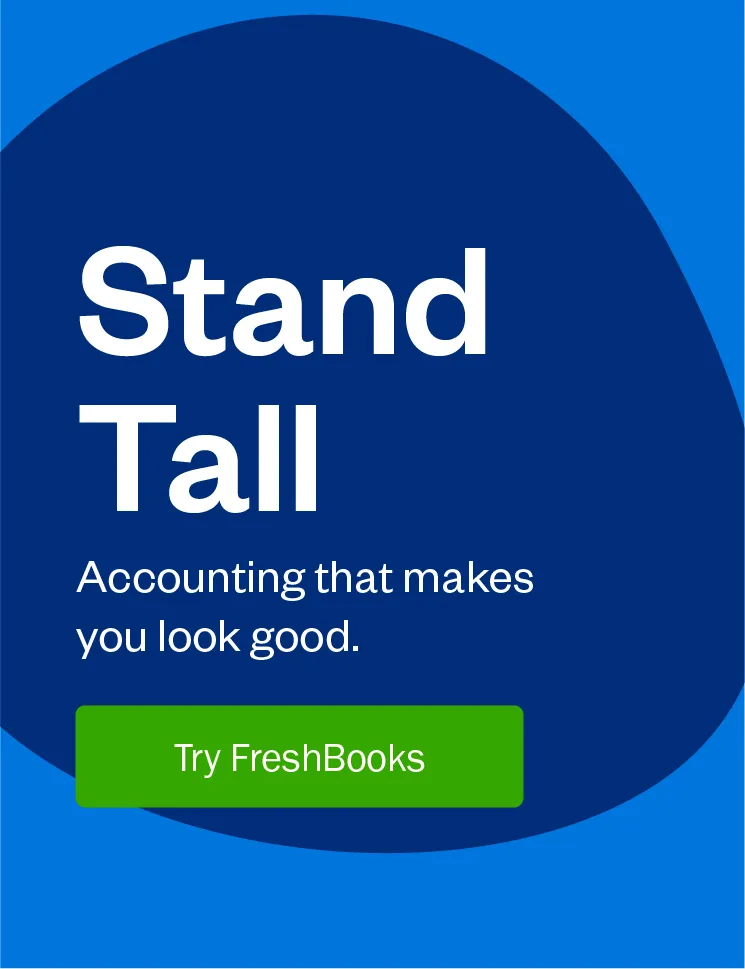While working with international clients may seem glamorous, it pays to understand the pros and cons.

Working with international clients is more common than ever. This shouldn’t surprise you. After all, the internet has opened up markets that were once inaccessible.
You can now cold email someone on the other side of the world to win their business, apply for jobs on job boards, and have a video chat through Skype, with ease.
More and more business owners are embracing this global economy. According to a USForex survey, cited in Small Business Trends, 58% of small business owners currently work with overseas clients. A further 72% said they planned to increase their foreign client base in 2017.
And, nearly all respondents were confident about doing business with international clients in the future. And why wouldn’t they be? Working with overseas clients is exciting and offers many benefits.
But, as I’ve learned through building my business almost exclusively on foreign clients – from my home here in South Africa – there are drawbacks. So, if you’re going to work with international clients, it’s prudent to consider both the pros and the cons.
Table of Contents
5 Pros of Working With International Clients
1. Getting Paid Is Easier than Ever Before
Getting paid across borders is no longer the barrier it once was thanks to Stripe payments and other cross-border payment platforms. For example, a client in Canada recently paid me via direct wire transfer and I could access the money within two days – that’s way less time than it takes to get to the bank and cash a cheque from a local client!
Cloud accounting software has also made payment seamless. FreshBooks, for instance, lets you invoice in multiple languages and currencies. You can connect to two payment gateways namely FreshBooks Payments powered by Stripe (US & Canada), PayPal, and Stripe (International).
2. Communication and Collaboration Is a Breeze
In the past, you’d have to interact with overseas clients via telephone and email. You couldn’t see who you were talking to and real-time collaboration on projects was but a pipe dream. But, thanks to the advent of online collaboration apps like Slack and Trello you can now collaborate in real-time on projects.
Indeed, more and more businesses are allowing remote work thanks to these tools – so why should it be any different for small business owners and their clients?
Recognizing the importance of such collaboration many software platforms have diversified to include it as part of their core service. For instance, FreshBooks provides a feature that also allows you to efficiently collaborate with clients, team members, and contractors on projects.
Finally, if you want more of a personal connection when it comes to interacting on projects, you can now use video apps like Google Hangouts and Skype to see who you’re talking to.
But it’s not just about collaboration. These apps help improve your chances of winning clients and allow you to better qualify them at the start of any potential relationship. Indeed, when starting any relationship with a client, I always get on a video call to learn about their business and see if we’re a fit for one another.
3. You Strengthen and Broaden Your Skills
When you work with overseas clients, you’re able to learn new skills faster and even improve your current skill set.
For example, had I decided to only work with local clients, I wouldn’t have branched out into ebook writing as quickly as I did because the content marketing industry in South Africa isn’t fully developed.
That’s not to say that there aren’t content marketing gurus in South Africa and people who understand the value of content marketing, but generally, it’s a market in its infancy and, for me, the opportunity to innovate and be ahead of my local market curve comes from my overseas clients.
4. You Can Grow Your Business Much Quicker
It’s also far easier selling your services in overseas markets where they’re in high demand and customers understand the value of what you do.
Why? Because you spend less time banging your head against a brick wall trying to convince clients that they need your services. You, in turn, can grow your business faster because you can focus more on “selling” and less on educating.
5. You Can Earn a Pretty Penny
The going rate for your services in different cities and countries may be a lot higher than in your local market. Often, this is simply due to the higher cost of living in those areas.
These discrepancies present a unique opportunity for you: By targeting clients in those areas you can earn more, and in some cases, a lot more (particularly if you’re living in a country that has a much weaker currency or in a rural area targeting urban clients).
For example, living in South Africa, I took advantage of the strength of the Dollar to grow my business. I mainly targeted clients in the US and Canada and it wasn’t long before I was earning a comfortable living writing.
4 Cons of Working with International Clients
1. Face-to-Face Meetings Are Rare
One of the biggest drawbacks of working with overseas clients is that there is often no face-to-face communication.
Think about it: If you live in the US and are working with a client in Germany, you can’t exactly jump on a plane each and every time you want to talk to a client. It makes no business sense.
Quantifying the impact of the lack of in-person meetings on business relationships is often difficult. But a recent study by the Harvard Business Review confirms that face-to-face requests are 34 times more successful than email.
And, considering that we’re hardwired to connect and interact with people in person, we may be missing out on more than we think.
After all, trust is crucial to the success of any relationship and face-to-face meetings can build this trust faster than any email interaction or Skype call ever can.
2. You Have to Communicate (Much) More
If you’re someone who loves communication and is good at it, then this won’t be a disadvantage for you but, if you don’t, it may.
Because of the distance and the fact that you’ve probably ever only chatted on the phone, email, or even Skype, you’ll have had to communicate with your client a lot more (especially at the beginning of the relationship where they’re learning to trust you). They’ll want to know that you’re on top of the work and that the project is on track.
But don’t let this need for more communication deter you. Invariably the client will learn to trust that you and the amount of communication needed will wane with time (that’s not to say that the need for communication will dissipate).
3. Different Time Zones Mean You Never Quite Sync
This is a big one for me, but I have learned to deal with it. Because most of my clients are in the US and Canada, the end of my working day usually signals the start of theirs.
This means that I sometimes find myself communicating via email or having a Skype call in the early evenings (and sometimes, even late at night) due to time zones that are many hours apart (I’m talking about 7-10 hour differences here).
Time zone differences aren’t a massive problem if managed correctly. But, they can quickly become a nightmare with you working unnecessarily long hours.
To deal with these time differences and make sure you’re not burning the candle at both ends, it pays to give your clients regular updates on projects you’re working on. This way you won’t get an email late at night asking about project progress and updates.
Also at the start of any relationship, let them know what time zone you’re on. Many clients may assume you’re in their time zone. By simply making them aware of the differences, they’ll be more accommodating.
The truth is that no matter how much you plan to not work after hours, you’ll sometimes have to do precisely that. It’s just something you have to accept when working with overseas clients. Indeed, many remote freelancers see this as an advantage; shifting their work hours to after the kids are in bed, for example, while keeping their days mostly free.
However, you can, and should always strive to keep your “overtime” to a minimum. Perhaps you can compromise on meeting times with a client or let them know that if they want to have a Skype call you’re only available at certain times of the week?
4. Getting Money from Clients Who Don’t Pay is Difficult
If clients choose not to pay you, you’re pretty much stuck with that scenario. Sure you could fly across the world, hire the services of a lawyer, or explore other collection options to get your money.
But, this is time-consuming, financially taxing, and emotionally draining. There’s also no real guarantee that you’ll even get your money back.
Luckily, I’ve never had to contend with this scenario. The only thing I’ve had to do is chase late payment. In fact, I’ve had more difficulty getting payment out of one of my local clients, than I’ve ever had with international clients.
So while not getting paid is a risk, it’s not as common as you may think. I’d like to think most clients I work with are honest and trustworthy. Perhaps that’s because I set the tone for that at the beginning of any relationship by:
- Jumping on a call to qualify my prospects. On that call, I usually get to know them and their business and have a list of questions I typically ask. I’m also in tune with any possible red flags when asking these questions and talking to the client. One of the questions I ask is: Have you worked with copywriters in the past and what has your experience been? If their answer shows a total disregard for the profession and involves badmouthing copywriters, I mark that as a red flag.
- Requesting an upfront deposit before I even start working. The chances are a lot higher that the client will pay the remainder if they’ve paid the deposit. The worst-case scenario is they don’t pay, but at least you have that downpayment.
- On large projects, ask to be paid by installments at key milestones, so your compensation isn’t lagging too far behind the work you’ve delivered.
You also need to remember that clients have similar concerns. They may worry that you’ll take the money and vanish without doing any work. But in the end, you need to find a middle ground and trust one another moving forward.
I’ve found that the above three things have helped me tremendously in building a business where I’m working with clients who pay me, pay me well and pay me on time.
A Final Word on Working With International Clients
The boundaries that once impeded our ability to work with international clients no longer exist. Today, it’s easier than ever to do business with someone on the other side of the world.
In fact, overseas work is extremely attractive and offers many advantages. Who wouldn’t want to earn more for the same services if earning more meant working with a foreign client?
But the benefits are not without their drawbacks: In-person meetings are limited – and in most cases – nonexistent, and if a client chooses not to pay you, getting that money back can be extremely difficult.
So, by all means, work with international clients as there are many opportunities. But understand that there are pros and cons you should be aware of so that you know what you’re getting yourself into.
Have you worked with international clients? What was your experience?
This post was updated in April 2024.

Written by Nick Darlington, Freelance Contributor
Posted on May 18, 2018

![A 7-Step Guide to Getting Paid Fast [Free eBook] cover image](https://prod-blog-k8s.freshenv.com/blog/wp-content/uploads/2020/02/Getting_paid_fast_ebook_Blog_Post_Image-600x401.png) A 7-Step Guide to Getting Paid Fast [Free eBook]
A 7-Step Guide to Getting Paid Fast [Free eBook] Why You Need Small Business Processes—and How to Create Them Within Your Own Company
Why You Need Small Business Processes—and How to Create Them Within Your Own Company![Is Your Small Business Ready for Cloud Accounting? [Self-Assessment] cover image](https://prod-blog-k8s.freshenv.com/blog/wp-content/uploads/2017/07/cloud-600x400.jpg) Is Your Small Business Ready for Cloud Accounting? [Self-Assessment]
Is Your Small Business Ready for Cloud Accounting? [Self-Assessment]
 Don’t Underestimate the Power of Face-to-Face Communication
Don’t Underestimate the Power of Face-to-Face Communication Conquer Business Finances at Different Stages of Growth
Conquer Business Finances at Different Stages of Growth Delegate or Drown: How Delegation Empowers Your Team and Strengthens Your Business
Delegate or Drown: How Delegation Empowers Your Team and Strengthens Your Business






